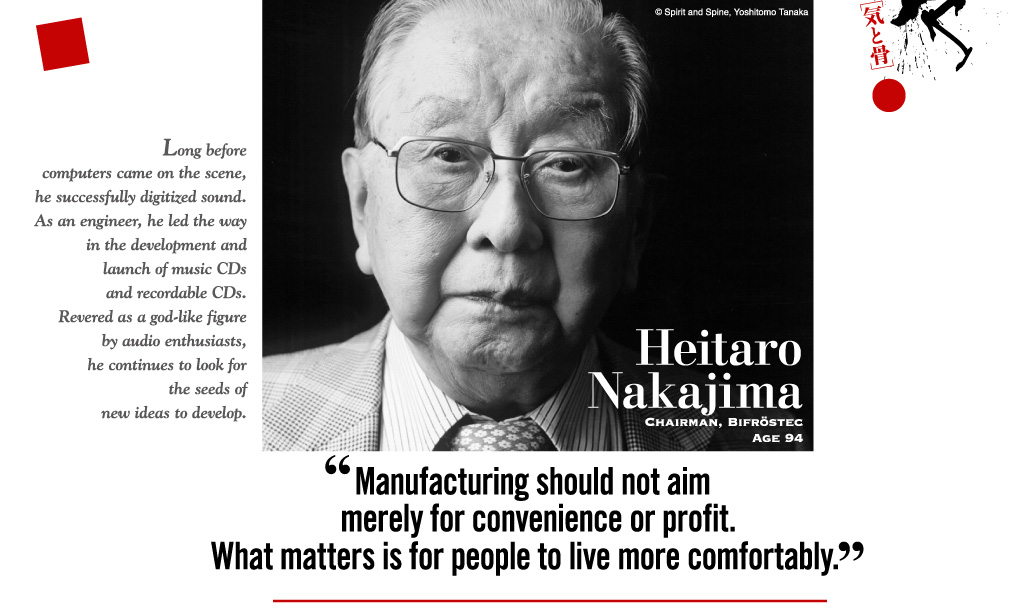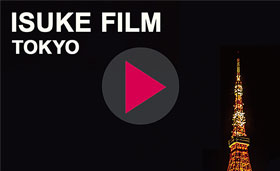Music or technology “of inherently high quality” is a term uniquely coined by the engineer, by which he means “the potential for growth in the same direction”.
His lifelong dedication to the pursuit of sound began with the development of a sonic mine detector while a military researcher at graduate school towards the end of WWII. He then joined NHK, researching audio technology. He was involved with the first television broadcast via satellite, and dreamed of digitizing sound. In 1968, he successfully developed the world’s first digital audio equipment.
Upon the invitation of Masaru Ibuka, the founder of Sony, he entered the world of manufacturing. At the same time as working hard to improve analog products, which were in their heyday, he led the way in commercializing digital audio. This led to an international partnership with Philips, and music CDs and CD players entered the market in 1982.
At the very moment that things started to move quickly, he was unfortunately transferred to another company in the same group and put in charge of management regeneration, a role unrelated to research and development. However, he started working to develop recordable CDs, so that people would be able to enjoy music in their own way. As one of those leading the way, he resisted various pressures, and successfully commercialized this technology through a joint venture.
The “inherently high quality seeds” which he nurtured have spread far beyond the realm of music, bearing excellent fruit as useful items in the lives of people around the world. This engineer, who sowed so many great seeds, is still aiming to reach the pinnacle of perfect sound.







































































































